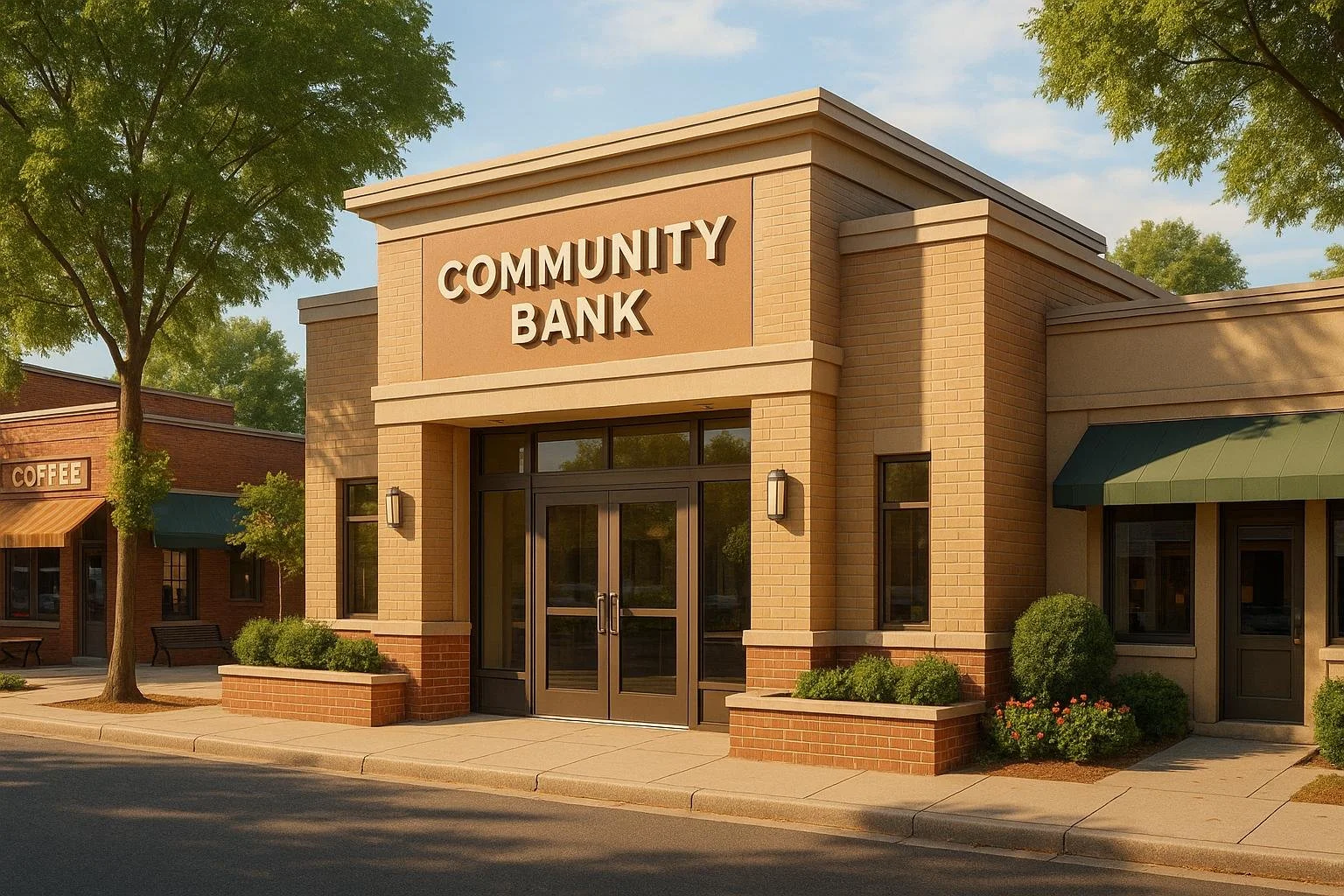US Regulators Introduce Capital Relief for Community Banks
Federal regulators in the United States are set to implement significant changes aimed at assisting community banks. According to a Bloomberg News report published on October 15, 2025, these changes will offer relief by lowering the capital requirements for smaller financial institutions. This move is designed to help revitalize local economies by freeing up resources for increased lending, particularly to small businesses and households, while testing the Federal Reserve's ability to balance monetary policy in this new regulatory environment.
Capital Requirements Adjusted to Stimulate Lending
At the heart of this initiative is a proposed adjustment to the Community Bank Leverage Ratio (CBLR), which dictates the amount of capital smaller banks must hold relative to their assets. Regulators are expected to lower the CBLR threshold from 9% to 8%, the lowest level permitted by law. The change is intended to simplify compliance for community banks - those with less than $10 billion in total consolidated assets - by allowing them to bypass more complex risk-based capital rules.
Federal Reserve Vice Chair for Supervision Michelle Bowman previously commented earlier this year that the current 9% threshold had failed to provide sufficient relief, with only a small portion of eligible banks participating in the framework. The proposed reduction, which has already been reviewed by the White House, is expected to be formally introduced by the Federal Reserve, the Federal Deposit Insurance Corporation (FDIC), and the Office of the Comptroller of the Currency (OCC). Once officially announced, the plan will enter a public comment period, where stakeholders can provide feedback before final implementation.
Boosting Local Economies through Expanded Lending
The primary goal of this regulatory adjustment is to empower community banks to expand their credit offerings, particularly in sectors like small business, commercial real estate (CRE), and commercial and industrial (C&I) lending. By reducing the capital reserves banks are required to hold, regulators aim to unlock funds for new loans, fostering economic growth at the local level. Lending remains a core driver of profitability for these smaller institutions, and the anticipated changes are expected to address long-standing concerns about overly burdensome regulations.
Treasury Secretary Scott Bessent has described these efforts as part of a broader strategy to promote a "community bank comeback." The adjustments also reflect a shift in regulatory philosophy, favoring tailored approaches that recognize the distinct operational models of smaller banks compared to larger financial institutions.
Winners, Challenges, and Competitive Pressures
The proposed changes are expected to directly benefit community banks, particularly publicly traded institutions such as First Financial Bankshares, BancorpSouth Bank, and Old National Bancorp. These banks, which fall within the asset limits for CBLR eligibility, stand to gain from reduced compliance costs and increased lending flexibility. The streamlined capital rules will enable these institutions to focus more on their core business of relationship-based lending while improving profitability by reallocating resources previously tied up in regulatory compliance.
However, community banks still face significant challenges in a competitive financial landscape. Larger banks, such as JPMorgan Chase & Co. and Bank of America Corp., are undergoing separate regulatory adjustments that may also free up capital for increased lending or technology investments. These developments could intensify competition, with larger financial institutions potentially offering more attractive loan rates or advanced digital services that community banks may struggle to match.
Additionally, technology remains a critical hurdle for smaller banks, which often lack the resources to invest in the same level of innovation as their larger counterparts. This ongoing disparity underscores the need for community banks to strategically manage newfound regulatory flexibility to remain viable in an industry that is rapidly consolidating.
Balancing Growth and Federal Reserve Policy
While the capital relief for community banks is expected to drive local economic growth by increasing credit availability, it could also present challenges for the Federal Reserve. The Fed has already begun cutting interest rates as part of its pivot toward a more dovish monetary policy. If the expanded lending activity generated by these regulatory changes significantly boosts demand, it could risk reigniting inflationary pressures. Despite moderating, inflation remained slightly above the Fed's 2% target as of September 2025.
Regulators and policymakers will need to carefully monitor the economic impact of these changes to ensure that they promote growth without destabilizing price stability. At the same time, community banks must balance the benefits of increased lending capacity with the risks of narrowing net interest margins, which could result from lower interest rates.
Outlook for Community Banks
In the near future, community banks are likely to see positive outcomes from the reduction in capital requirements. These institutions will have greater capacity to issue loans and expand their reach in underserved local markets. With streamlined examination procedures and simplified capital calculations also introduced by the OCC, community banks can expect a reduced regulatory burden, potentially translating into stronger earnings and operational efficiency.
However, to fully capitalize on these opportunities, community banks must address long-term challenges, including competitive pressures from larger players and the growing need for technological advancement. Strategic approaches, such as leveraging partnerships to share technology costs and pursuing mergers to achieve economies of scale, may be critical to their success.
Ultimately, the success of this regulatory shift will depend on how well community banks can utilize their increased capital flexibility to strengthen their unique role in the U.S. financial system. By fostering local lending and supporting small businesses, these institutions have the potential to make a lasting impact on grassroots economic growth, provided they can adapt to the evolving competitive landscape.

